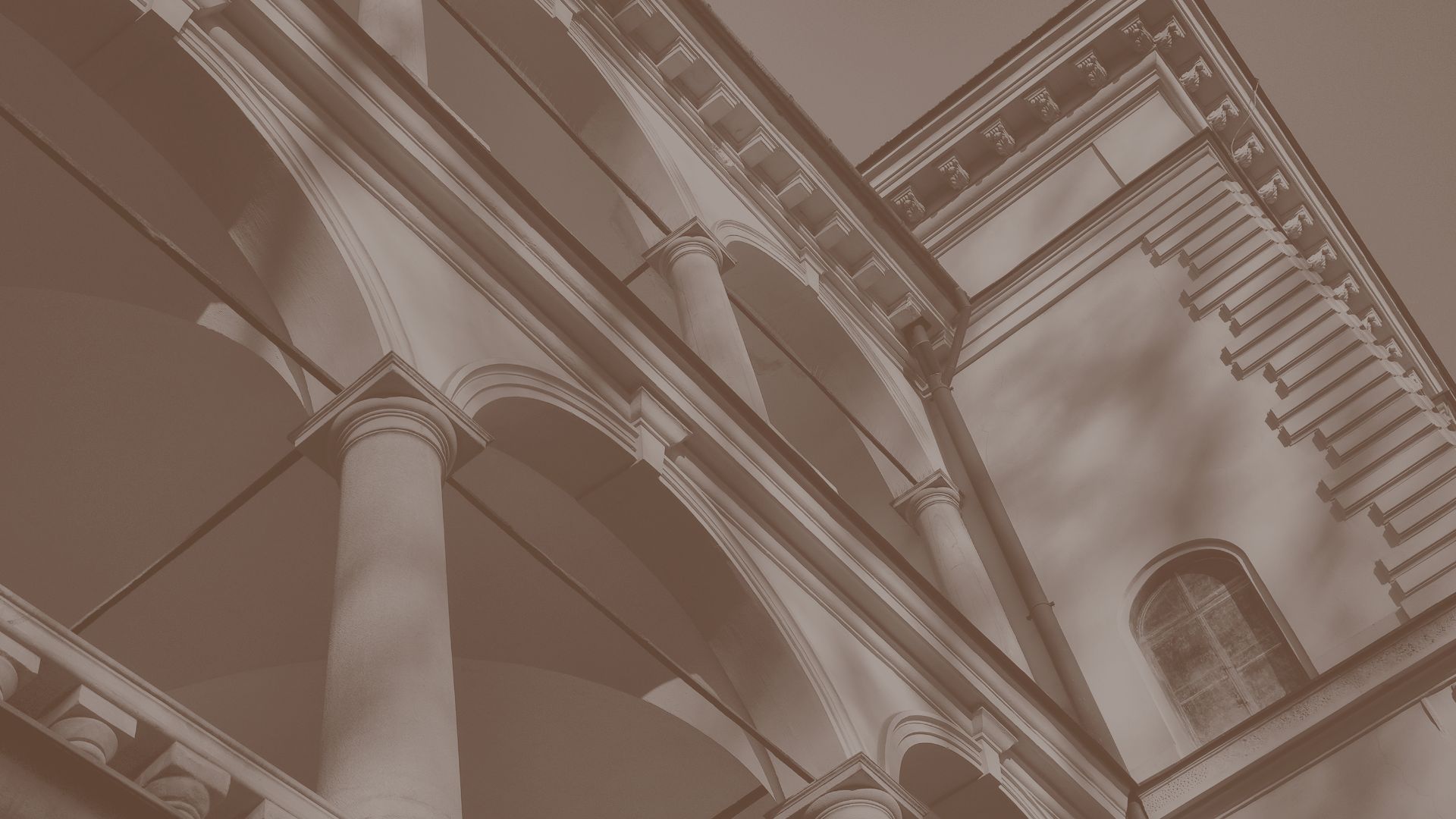From his secretary, accountant and trusted deputy, Decius quickly became a valued diplomat, skilled financier and high-ranking royal dignitary. From 1520, he held the position of secretary to King Sigismund the Old, later to become his advisor and head of the crown mints. Thanks to his numerous talents, his own literary and historical dissertations, many travels and scientific interests, he enjoyed the respect and friendship of the most eminent European humanists. He knew Martin Luther and Erasmus of Rotterdam, he also had closer relations with the Habsburg court.
In 1528, Justus Decius purchased part of Przegorzały and Wola Chełmska near Kraków, in order to build a suburban villa there, modeled on the popular estates in the vicinity of Florence and Rome, being a place of rest, meetings and philosophical disputes. He hired three Italian architects for the construction: Jan Cini from Siena, Zenobius Gianotti from Rome and Philip from Fiesole. In 1535, the residence was ready, soon becoming a meeting place for representatives of different cultures and nationalities, a spot for an exchange of views and a creative confrontation of different beliefs.
After the death of the patron of the family, in 1545, the estate was taken over by his son, Justus junior, known as the leading infidel of Krakow. Adherents of religious novelties, students of Luther and Calvin, found an atmosphere of tolerance and freedom in Decius’ Villa.
In 1590, the estate was bought by Sebastian Lubomirski, who rebuilt the villa. In 1630, the building was raised by one floor, with a large representative hall, two alcove towers were added and a three-story five segment arcaded loggia connecting them. The model was probably taken from the Renaissance treatise by Sebastian Serlio, and the reconstruction was supervised by the court architect of the Lubomirski family – Maciej Trapola. The first outbuilding of the Villa, today called the House of Łaski, dates from this period.
The 18th century was less kind to Villa Decius. The estate often changed owners, who did not always manage it properly. Under the rule of the Sanguszko family, who supposedly renovated the building and introduced changes in the interior design, the entire second floor collapsed. Regardless of the scale of the disaster, the estate was bought by Andrzej Morzkowski, the starost of Barcice. Even later – but this time fortunately – the villa fell into the hands of the Wielowiejski family.
The first of the three great ladies who resided in the Villa Decius in the 19th century came from the Wielowiejski family. Joanna Ledóchowska née Wielowiejska, transformed a dilapidated, walled villa into her summer residence in the 1820s. The biggest change was the garden, which was transformed into an English landscape park according to the fashion of that time.
In the 1940s, Henrietta from Ankwiczów Kuczkowska became interested in the property. Having returned to Poland with her second husband, Kazimierz Kuczkowski, she tried to maintain close relations with the aristocracy. The villa underwent another, costly reconstruction. At that time, the representative entrance stairs, balconies of the towers and the attic crowning the building were built. However, the couple fell into debt and were forced to sell their property.
In the 1870s, Villa Decius once again regained its former splendour. It happened thanks to Marcelina Czartoryska, the last aristocratic owner. The daughter of Michał Radziwiłł and Emilla née Worcell, she grew up in Vienna and then lived in Paris, where she also made many friends with outstanding representatives of the Polish emigration and French literary and artistic circles. In 1867, the duchess returned to Poland for good and settled in Villa Decius. Her house quickly became the first salon in the city, a mainstay of patriotism and Polishness. A fire in the residence in 1882 forced Czartoryska to temporarily move to the city center, but soon after the reconstruction of the villa, carried out under the direction of Tadeusz Stryjeński, the duchess returned to the residence in Wola. This last renovation gave the Villa Decius a neo-Renaissance shape with the arrangement of rooms known to us today. At that time, representative wooden stairs leading from the hall on the ground floor to the upper floors of the building were also built.
The Duchess died in 1894. With her death, the splendor of Villa Decius ended. During World War I, the army was quartered here, then it was turned into a tenement house. The Second World War deepened the devastation of the building – the villa became the headquarters of the Nazi police. After the war, the villa housed: a school for cooperative auditors, a dormitory, a tuberculosis ward of the hospital named after Dr. Anki. In the 1970s, the villa fell into complete disrepair and it was hard to imagine that it would ever come back to life.
And yet in 1996 Villa Decius opened its doors again. Restored thanks to the efforts of the Municipality of the City of Krakow, it regained its former glory. The Association managing Villa Decius, referring to the humanistic spirit of its patron, aims to create a forum for the dialogue of cultures. Thus, it promotes pluralism and tolerance in public life, paying particular attention to the rights and cultures of national and ethnic minorities. The basis of all programs of the Association is the idea of meetings of representatives of various fields of science and culture, nationalities and areas of interest, the idea of exchanging ideas and seeking incentives for creative work.
